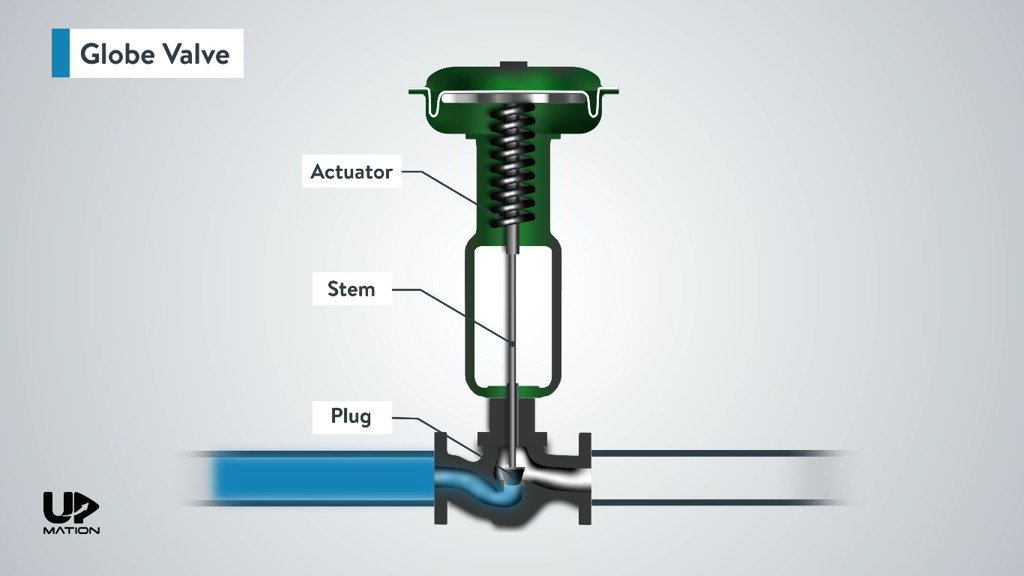Understanding the Significance of Control Valves in Process Automation

Maximize Energy Savings and Convenience With Advanced Structure Automation Controls
In the world of modern design and center management, the combination of innovative building automation manages stands as a crucial development. By taking advantage of the power of automation, structures can adapt, respond, and progress in ways that were when unimaginable.
Power Performance Perks
Energy effectiveness advantages can significantly lower energy usage and functional prices in buildings. By applying energy-efficient methods and innovations, structure proprietors and operators can attain significant financial savings while additionally adding to ecological sustainability. Among the primary advantages of improving energy efficiency in buildings is the reduction of utility expenses. Energy-efficient systems, such as sophisticated structure automation controls, can optimize making use of sources like home heating, air conditioning, and lighting, causing lower energy costs in time.
Moreover, enhanced power effectiveness can prolong the life-span of building equipment and systems. By running much more efficiently, HVAC systems, light, and other structure elements experience less deterioration, resulting in minimized maintenance and substitute prices. In addition, energy-efficient buildings often regulate higher residential or commercial property worths and rental rates, supplying long-term economic benefits to owners.
Moreover, energy effectiveness can enhance passenger convenience and efficiency. Effectively regulated interior settings with optimal lights and thermal conditions produce an even more pleasant and favorable work space, resulting in boosted employee fulfillment and efficiency. Overall, the energy performance advantages associated with sophisticated structure automation controls are multifaceted, including expense financial savings, environmental stewardship, and passenger health.
Improved Convenience Control
Enhancing convenience control in building environments requires an innovative integration of sophisticated automation systems for optimum passenger wellness. By utilizing advanced building automation controls, centers can tailor the indoor setting to satisfy the certain needs and choices of passengers. control valves.
Improved convenience control surpasses fundamental temperature changes. It includes features such as personalized setups, occupancy sensing units, and natural light application to produce a dynamic and receptive atmosphere. By incorporating these innovative controls, buildings can not only boost comfort yet additionally enhance energy efficiency by enhancing system procedures based on real occupancy and use patterns. Ultimately, focusing on occupant comfort through sophisticated automation systems results in an extra pleasurable and much healthier indoor atmosphere.
Operational Effectiveness Improvements

Moreover, the application of real-time surveillance and analytics tools allows structure operators to identify energy inadequacies and operational anomalies immediately. By continuously keeping an eye on power usage patterns and system performance metrics, changes can be made in real-time to optimize energy usage and make certain peak operational efficiency. control valves. Furthermore, including need reaction methods right into click this site building automation controls can additionally enhance operational efficiency by dynamically changing energy use based upon grid problems and prices signals
Indoor Environment Optimization
Reliable interior environment optimization is a fundamental element of structure automation controls, making sure owners' convenience and well-being while making the most of energy financial savings. By making use of innovative sensors and controls, building automation systems can constantly adjust and keep track of temperature level, moisture levels, air high quality, and air flow to create an optimal indoor setting. Maintaining regular and comfortable conditions not only improves resident fulfillment but likewise increases efficiency and overall wellness.
Interior climate optimization additionally plays an essential role in power performance. By fine-tuning heating, air flow, and cooling systems based on real-time data and tenancy patterns, developing automation controls can considerably decrease power usage - control valves. Implementing approaches such as demand-controlled ventilation and thermal zoning can aid reduce power waste while making sure that each area of the structure receives the needed conditioning.

Lasting Setting Production
Structure automation manages not only my link optimize indoor environment problems for energy efficiency and owner convenience however likewise lay the foundation for creating a sustainable environment through tactical management of systems and sources. By integrating advanced structure automation technologies, such as sensors, actuators, and smart software application, facilities can monitor and readjust power use in real-time to minimize waste and lower their carbon impact. These systems enable anticipating maintenance, identifying potential problems prior to they escalate and maximizing devices efficiency to boost longevity and effectiveness.
Furthermore, lasting atmosphere production prolongs past energy management to include water conservation, waste reduction, and interior air high quality renovation. Building automation controls can manage water usage, detect leaks, and ensure appropriate garbage disposal methods, adding to overall sustainability initiatives. Additionally, by controlling and keeping an eye on ventilation and filtering systems, these modern technologies improve owner health and efficiency while lowering energy usage related to heating and cooling procedures.
Conclusion
In final thought, progressed building automation manages deal substantial benefits in regards to power savings, comfort control, functional performance, indoor environment optimization, and developing a lasting setting. By executing these controls, structures can achieve ideal efficiency while reducing energy usage and enhancing owner comfort. It is noticeable that using advanced automation innovation is critical in enhancing building performance and creating a more sustainable future.
Energy efficiency benefits can significantly reduce energy consumption and operational costs in buildings. Overall, the energy effectiveness benefits connected with sophisticated building automation controls are multifaceted, encompassing expense financial savings, ecological stewardship, and passenger wellness.
In addition, integrating demand response approaches right into building automation controls can further boost operational efficiency by dynamically readjusting energy get redirected here usage based on grid problems and prices signals.
Structure automation manages not only maximize interior climate problems for power efficiency and owner convenience but additionally lay the structure for creating a lasting atmosphere through strategic monitoring of systems and sources.In final thought, advanced structure automation manages deal considerable advantages in terms of energy savings, comfort control, functional efficiency, interior climate optimization, and producing a sustainable atmosphere.